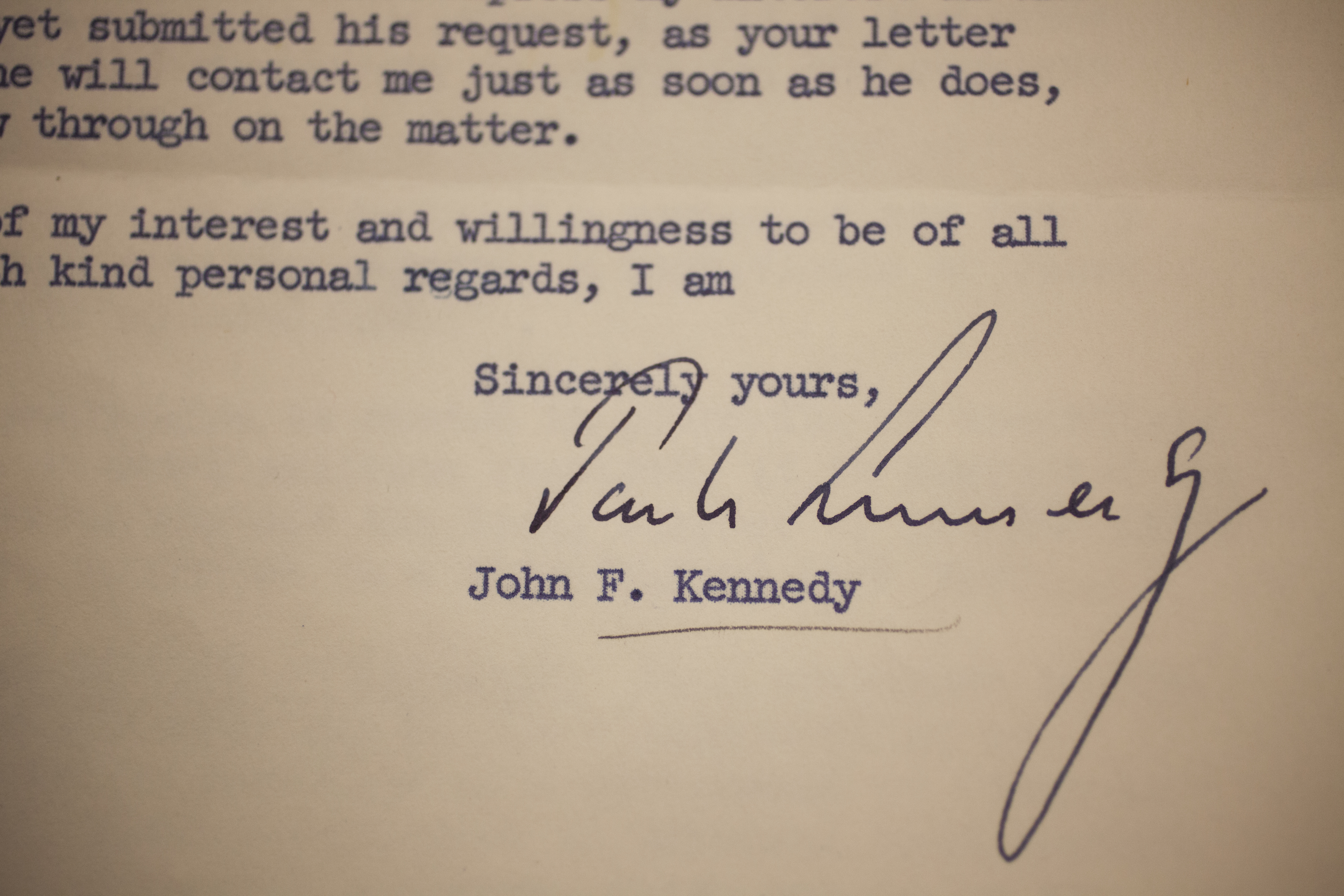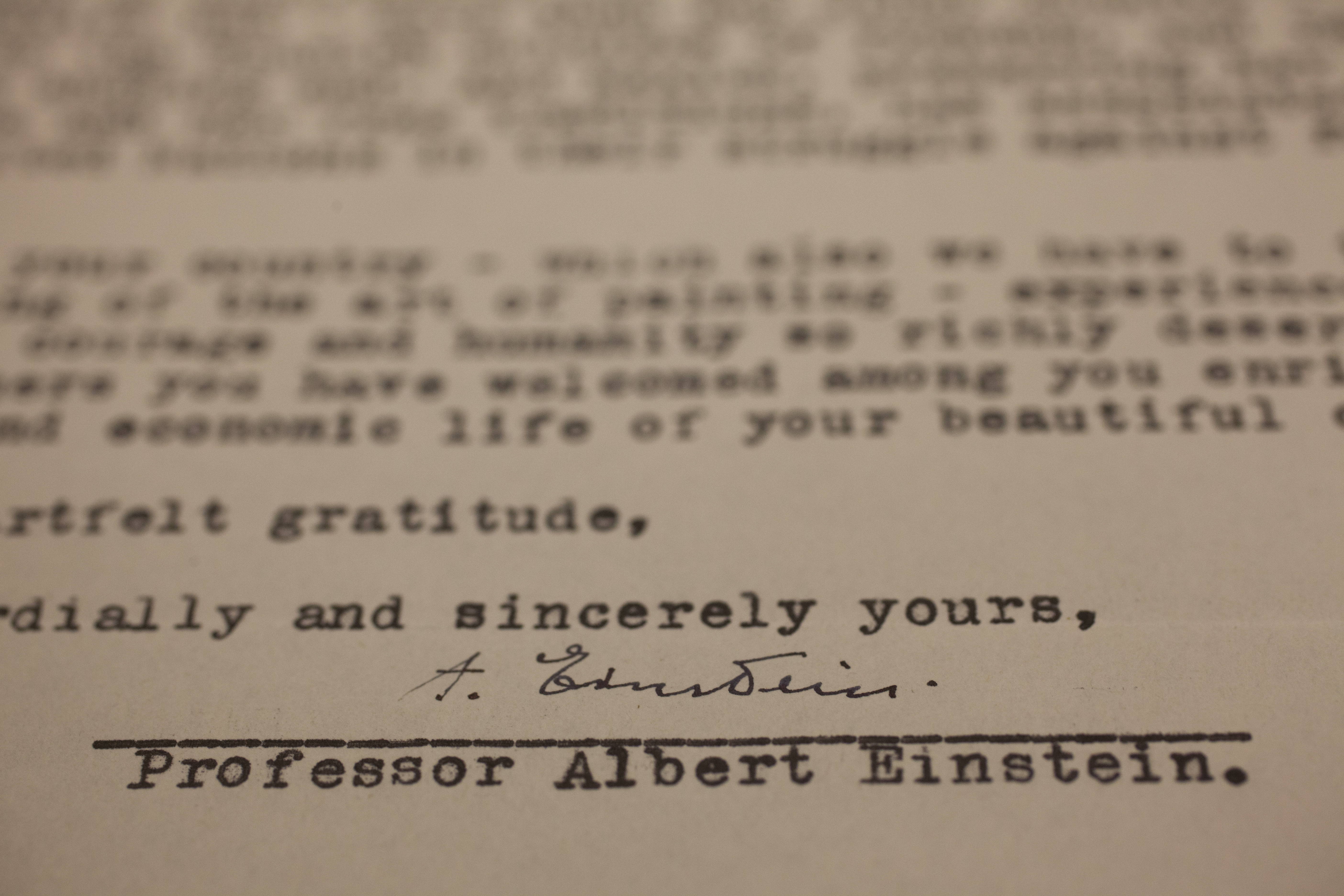PHOTOGRAPHY
PORTRAITS OF HARVARD
Vincent Brown is Charles Warren Professor of American History and Professor of African and African American Studies. He directs the History Design Studio and teaches courses in Atlantic history, African diaspora studies, and the history of slavery in the Americas.
Howard Gardner is the John H. and Elisabeth A. Hobbs Professor of Cognition and Education at the Harvard Graduate School of Education, and an adjunct professor of psychology and senior director of Project Zero.
Charles F. Adams Professor of Political Leadership and Democratic Values Jane Mansbridge is a world-renowned scholar of democracy and political leadership and the 2018 Johan Skytte Prize Winner.
Assistant Professor of English and of African and African American Studies Jesse McCarthy teachesa lecture course, “Introduction to Black Poetry,” which introduces students to a black poetic tradition that traces from Phillis Wheatley and Jupiter Hammon up to the present, to poets like Morgan Parker and Terrance Hayes.
Beatrice Lindstrom is a Clinical Instructor at the International Human Rights Clinic and the Supervising Attorney of Advocates for Human Rights. Her work focuses on accountability of transnational actors, obligations of international organizations, and access to remedies.
Vincent Brown (clockwise from top left), Howard Gardner, Jane Mansbridge, Jesse McCarthy, and Beatrice Lindstrom.

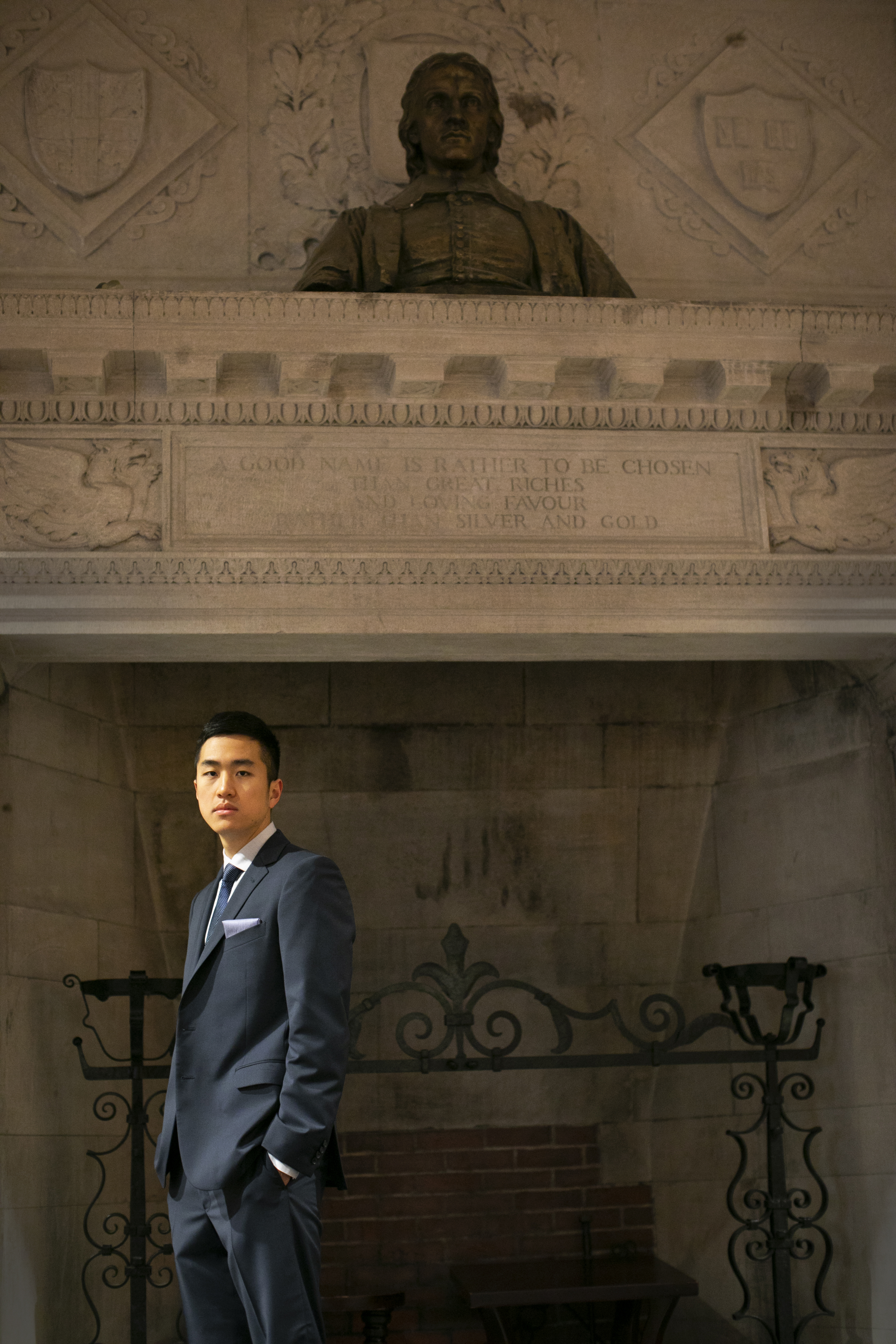
Amanda Gorman (clockwise from top), Benjamin Grimm, and Jin K. Park.
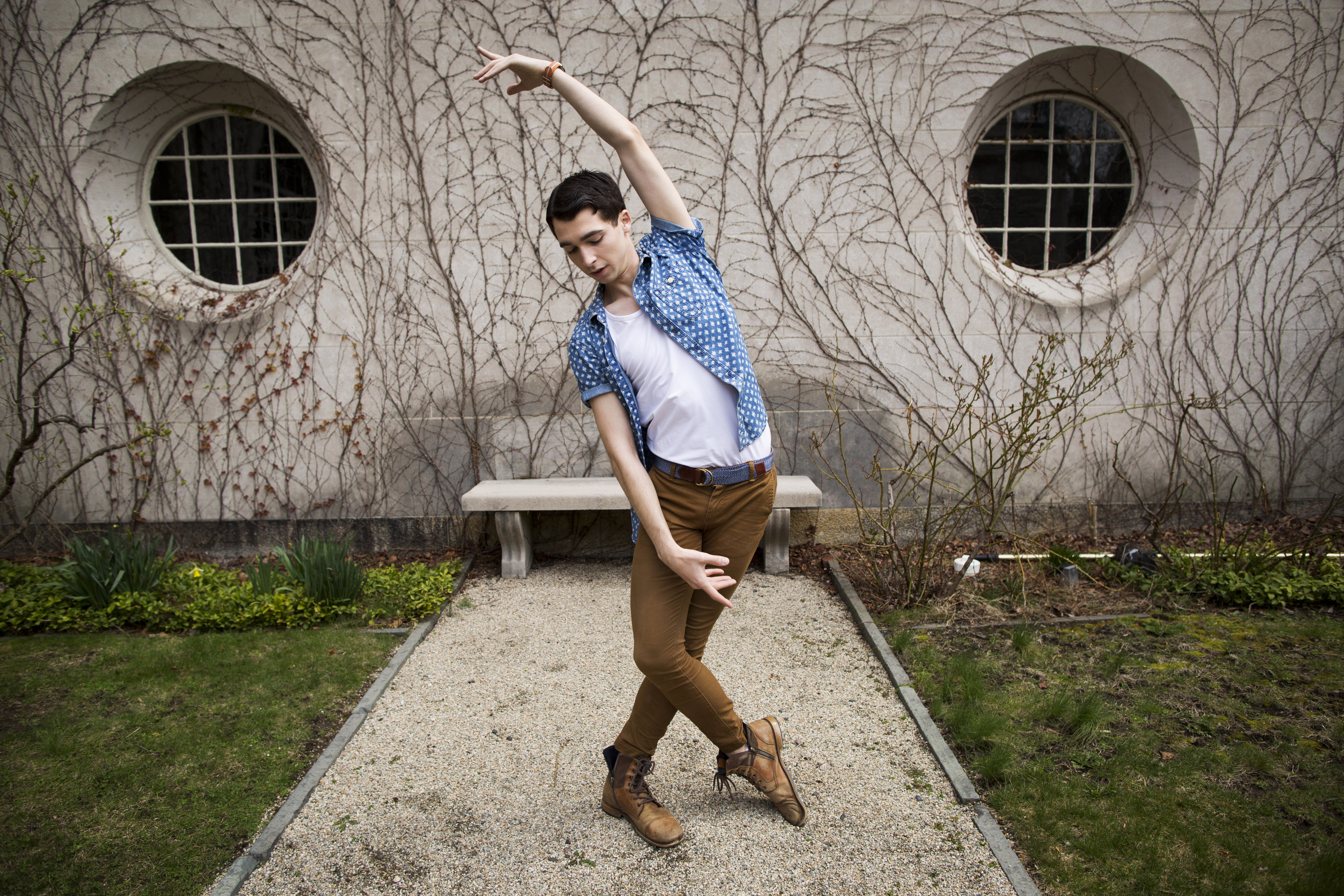
Amanda Gorman is the first ever Youth Poet Laureate and the youngest Inaugural Poet of the United States of America. A graduate of Harvard, she is the founder of One Pen One Page, a youth writing and leadership program, and the author of The One for Whom Food is Not Enough.
Benjamin Grimm, who graduated with a degree in the comparative study of religion with a secondary degree in German and Scandinavian studies, demonstrates one of his many talents that include photography, musical theater, and ballet, which he began studying at the age of 10.
Jin K. Park, named a Rhodes Scholar, received the first Rhodes Scholarship awarded to a student protected under the Deferred Action for Childhood Arrivals policy.
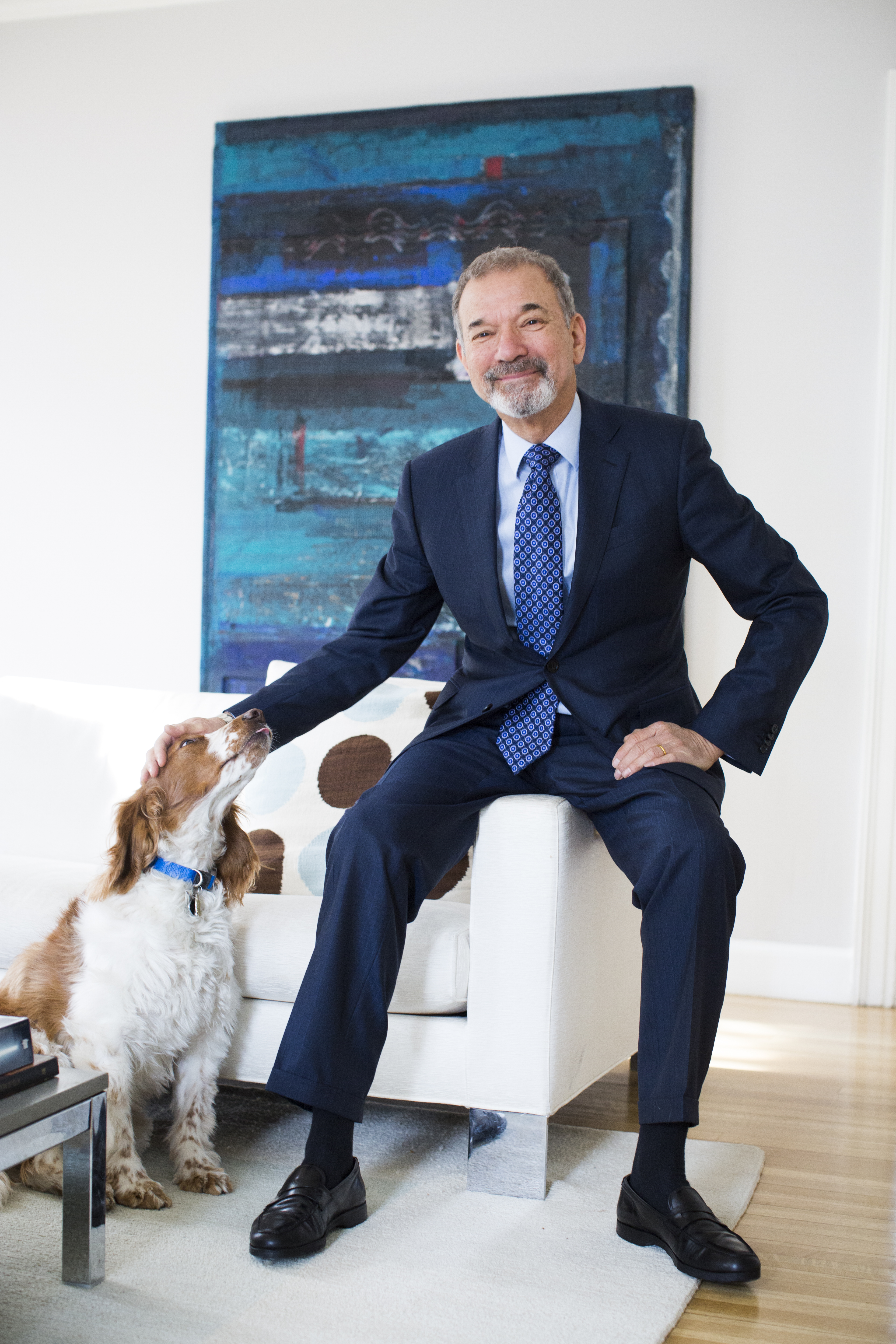
A Harvard University Distinguished Service Professor Joseph Nye, known for coining the term “soft power,” was dean of Harvard Kennedy School from 1995 to 2004.
Pamela Silver, the Elliot T. and Onie H. Adams Professor of Biochemistry and Systems Biology at Harvard Medical School, strolls through Arnold Arboretum.
The distinguished journalist and author, political commentator, and longtime op-ed columnist E.J. Dionne taught and lectured as the William H. Bloomberg Visiting Professor at Harvard Divinity School.



Harvard Professors Stephen Greenblatt, (clockwise from left), Joseph Nye, Pamela Silver, and E.J. Dionne.
The cap (and gown) on a most unusual year
Students reflect on experiences, gains, and losses
The Harvard Gazette asked graduating seniors to reflect on their final year during the pandemic. What have you done that you are proud of over the last year that you could not have done during a normal year?
CURIO
Curio traces collections at Harvard
Towers
Diplomas
Signatures
Hats
Leaves
Political buttons
Outdoor sculptures
Miniature stage sets
Walter Gropius’ bowties
Veritas shields
No collection is too large or too small.





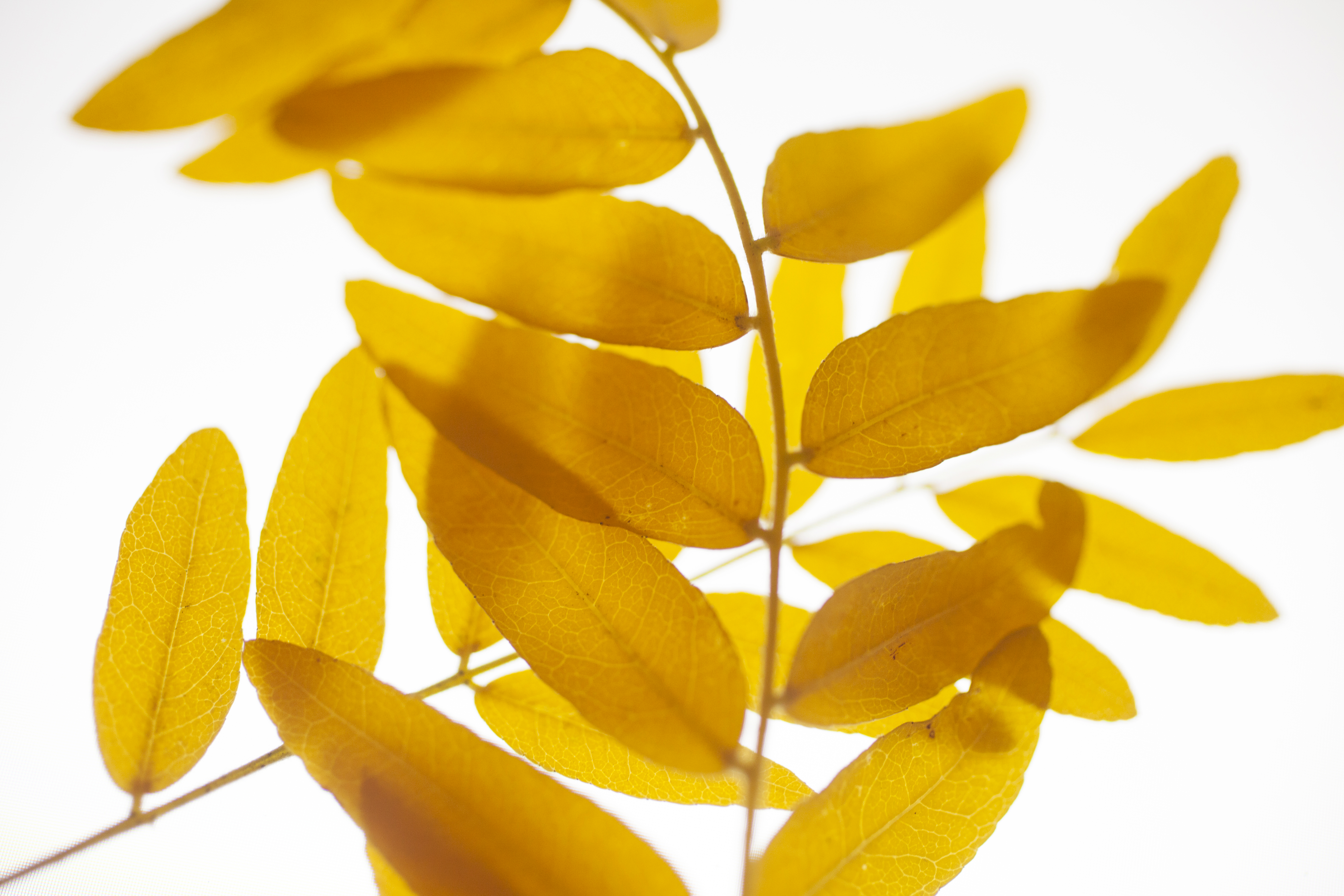
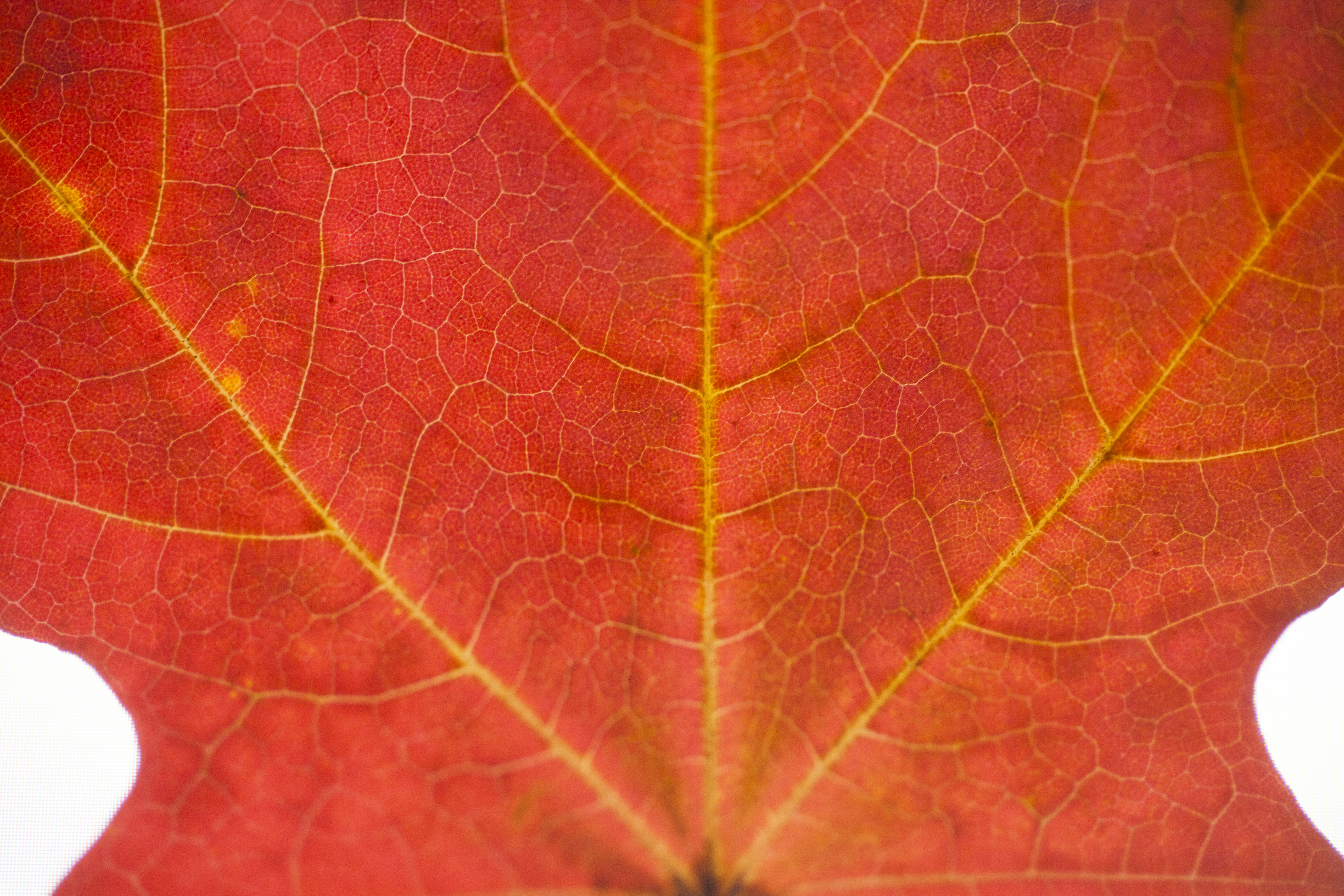
Taking talking leaves
Harvard curios that are fleeting and ephemeral and free
by Corydon Ireland
After nearly four centuries, Harvard has attics full of curios and treasures. Among them are the whimsical, the earnest, and the odd: Emily Dickinson’s writing desk, Houdini’s handcuffs, a T.S. Eliot bowler, and drawers of fish, bone, and botany specimens that date back to the 18th century.
Then there are those Harvard curios that are fleeting and ephemeral and free: principally the fallen leaves that every autumn tourists and passers-by tuck into pockets and bags as mementos of a place, Harvard Yard, that shimmers with meaning and history. This pastime proves again that — despite a veneer of civilization — humankind holds in its core a sense of magic in the leaves, sticks, shells, and stones of the outside world: that such totems will give us power, will make memory linger, and will link us to gods of nature long forgotten.
Last week, a tourist paused to pick up a large leaf of gold and green that had fallen from a Harvard Yard sugar maple tree. She had other choices for the taking too: leaves of honey locust, American sweetgum, red maple, Ohio Buckeye, pin oak, and of American elm — the tree that a century ago had complete sway over species in the Yard. Harvard poet Jorie Graham once wrote that — yes — fallen leaves possess a “jubilation of manyness.”







